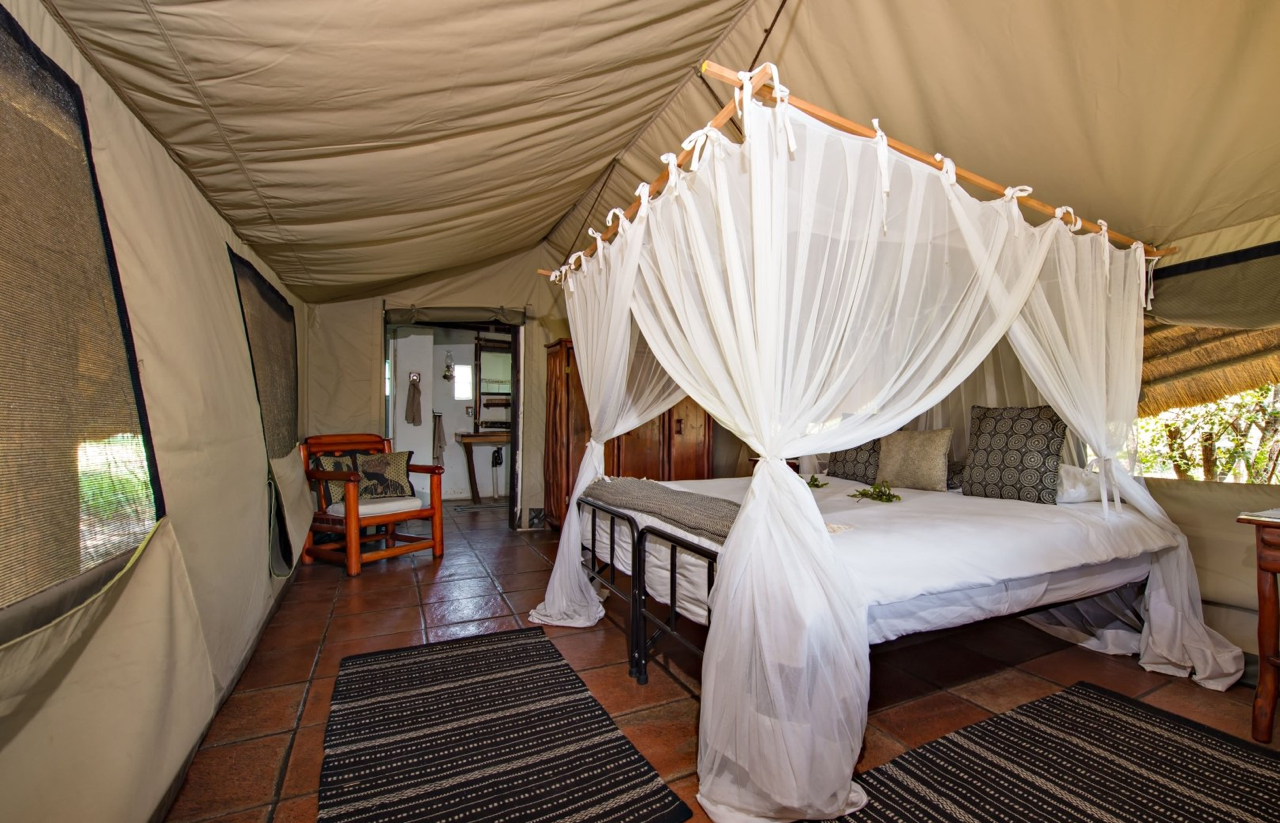
Meet the Manyeleti's speed freak
The cheetah is streaks ahead of its predator rivals
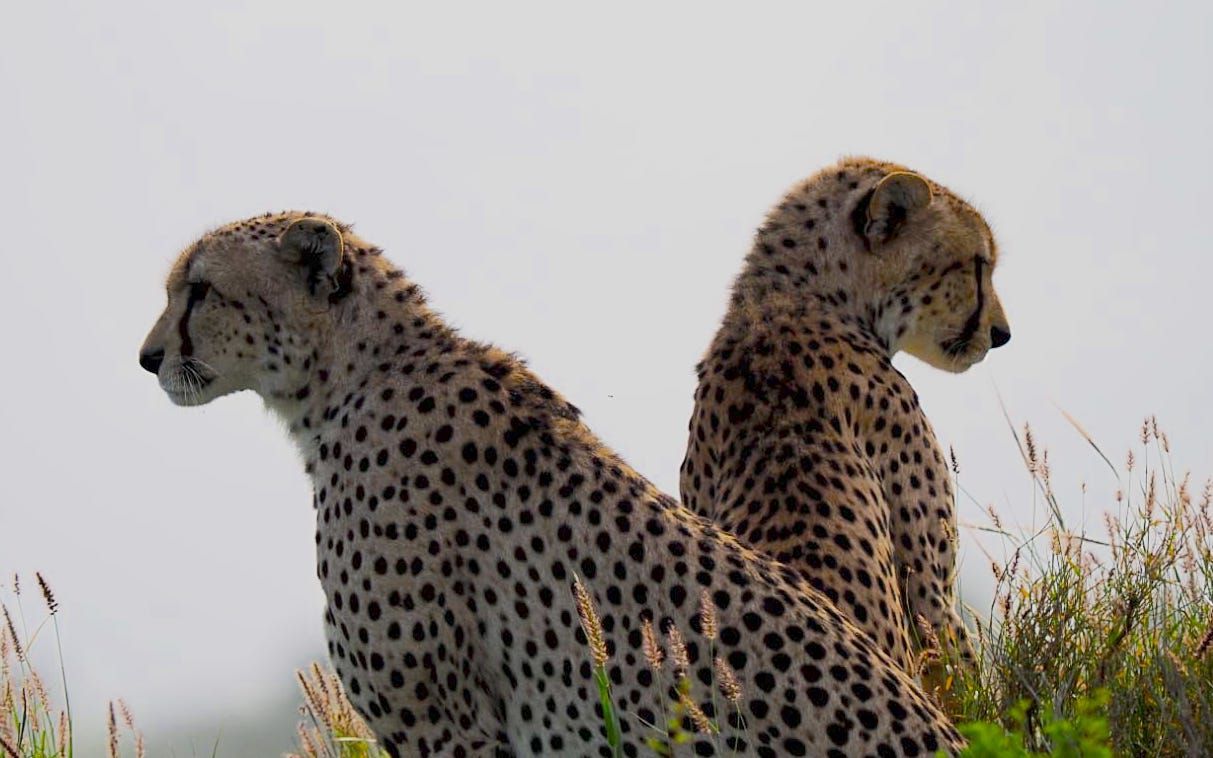
The beautiful landscapes of the Manyeleti include wonderful open areas of grassland and typical African savannah that make it the perfect territory for what is perhaps the most enigmatic and smallest of Africa's big cats - the cheetah.
The name cheetah comes from the Hindi word "chita" meaning "spotted one". They used to range across Africa and parts of the Middle East and Asia, as far as central India. Today, they are considered vulnerable with only an estimated 10,000 remaining in the wild in sub-Saharan Africa.
These beautiful cats feature heavily in ancient history. In Egypt they were worshipped and countless pharaohs and noblemen used them as hunting companions, hand-raising them, cherishing them and adorning the walls of their tombs with depictions of them.
The cheetah is, of course, renowned for its super speed, with an impressive acceleration rate that rivals that of an F1 car. With a top speed of 112km/h which it can reach in just three seconds, the cheetah is the fastest land animal on the planet. It's a sprinter, built to maintain its speed for up to a minute, taking three strides a second and covering 7m with each of those strides. All of which is phenomenal, all things considered.
The downside of being a sprinter is that the cheetah literally runs out of gas very quickly so it has become specialist at running its prey down as quickly as possible, giving it the highest successful kill rate after the black-footed cat, at 58%. Leopards follow it on 38% and lions lag behind on 25%. Sadly, while it may make more kills, it also loses those kills more often to the likes of hyena, so it has to eat as fast as possible, bolting its food down.
Running so fast and eating so quickly takes its toll on the cheetah's energy levels, so they are generally only active for around 12% of each day, resting, sleeping and digesting the rest of the time.
Speed is very much part of the cheetah's DNA. It's literally built to go fast. With exceptional eyesight that can lock on prospective prey at long distances, this cat is a daylight hunter so it can see better at high speed. When you run that fast it pays to have enough light to see where you're going to avoid unnecessary injuries! Being diurnal also reduces the competition with nocturnal predators like lion and leopard.
Each of the cheetah's feet is tipped with non-retractable claws that give it extreme grip at speed over rough terrain. The cheetah's long, broad tail works like a rudder to help it make the twists and turns often needed in high speed pursuits.
Stealth is the cheetah's other superpower, creeping up on its prey before launching into an all-out sprint as close as possible to its target. They literally run their prey down as quickly as possible, knocking them over with a swipe of a powerful paw and suffocating them with a bite to the throat.
Cheetahs are mostly solitary cats, although you do see coalitions of related males living and hunting together. They are territorial and females give birth to between two and five cubs at a time, raising them alone. Cubs become independent at around 16 months, moving off to find their own territories.
We're fortunate enough to have regular sightings of cheetah here in our region of the Manyeleti, but it's a tough life for them, competing as they do against a robust lion and leopard population, and plenty of hyena. So "spotting" this spotted beauty is a privilege all of its own.
All images: Peter Maas Wildlife Photography
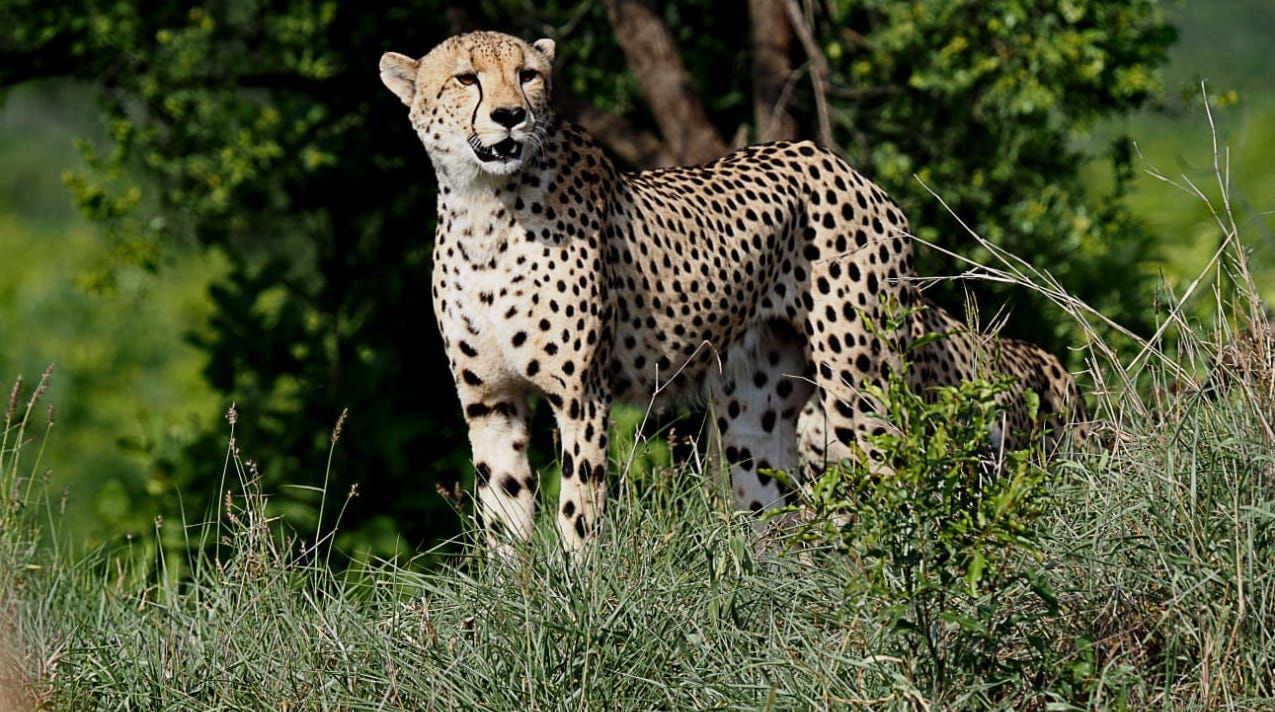
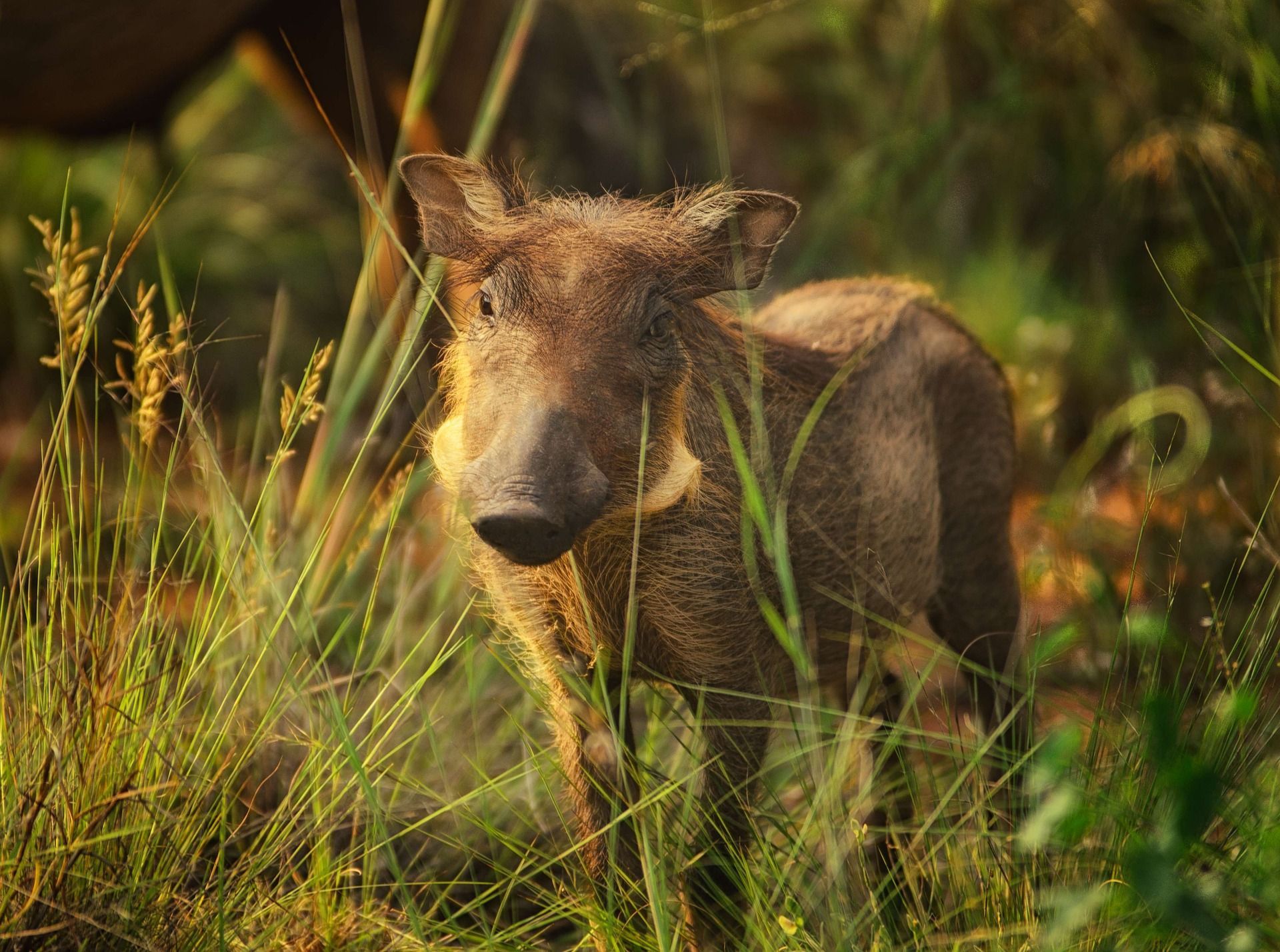
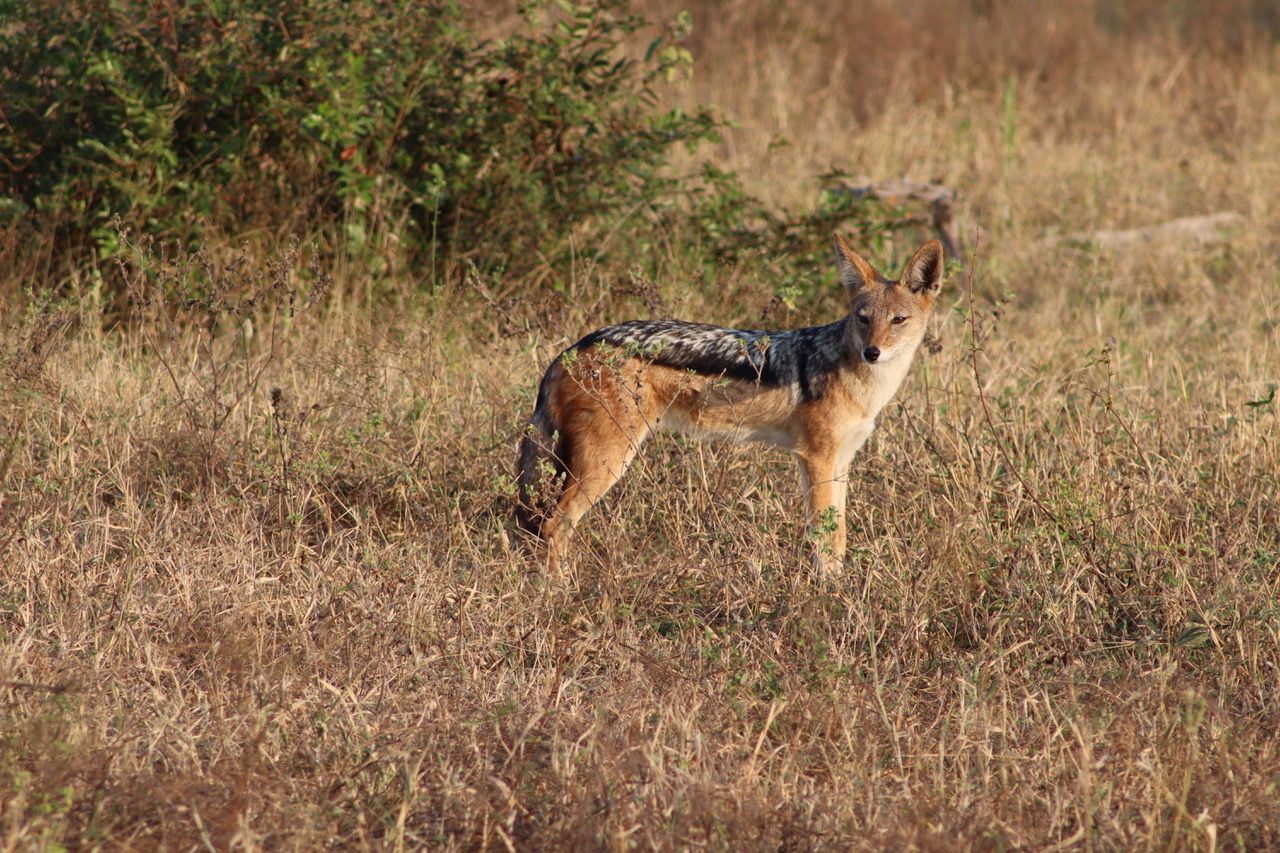
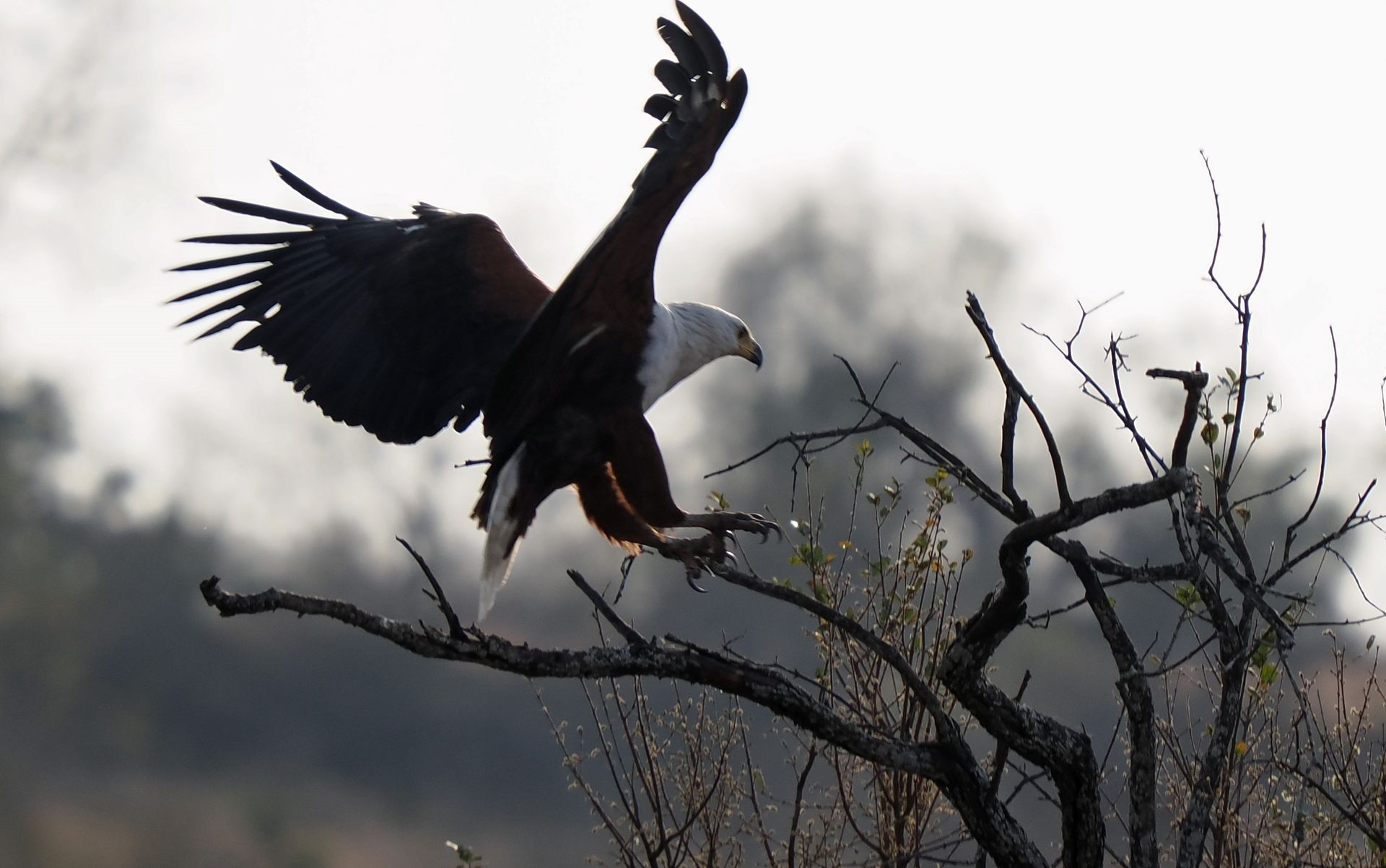
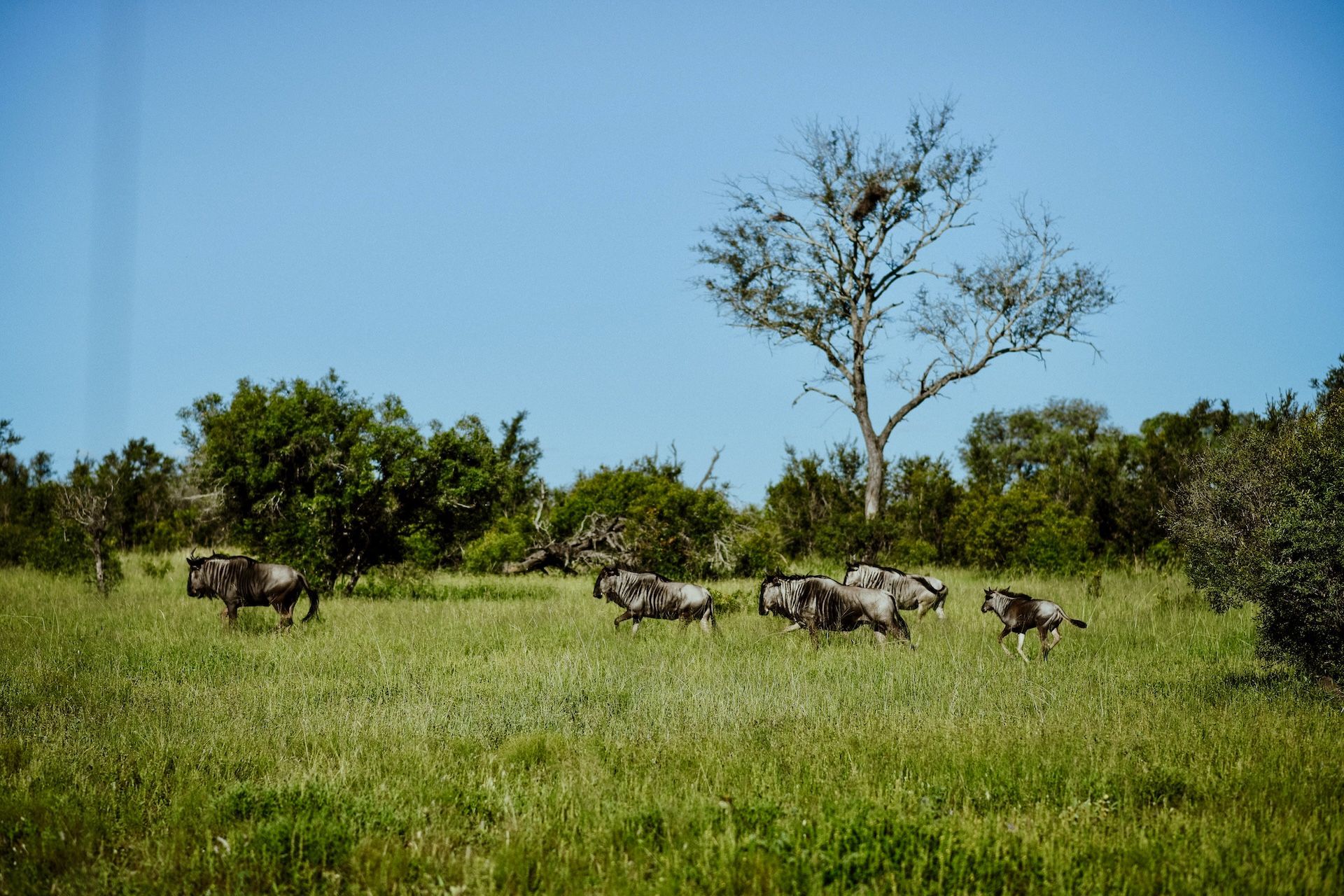
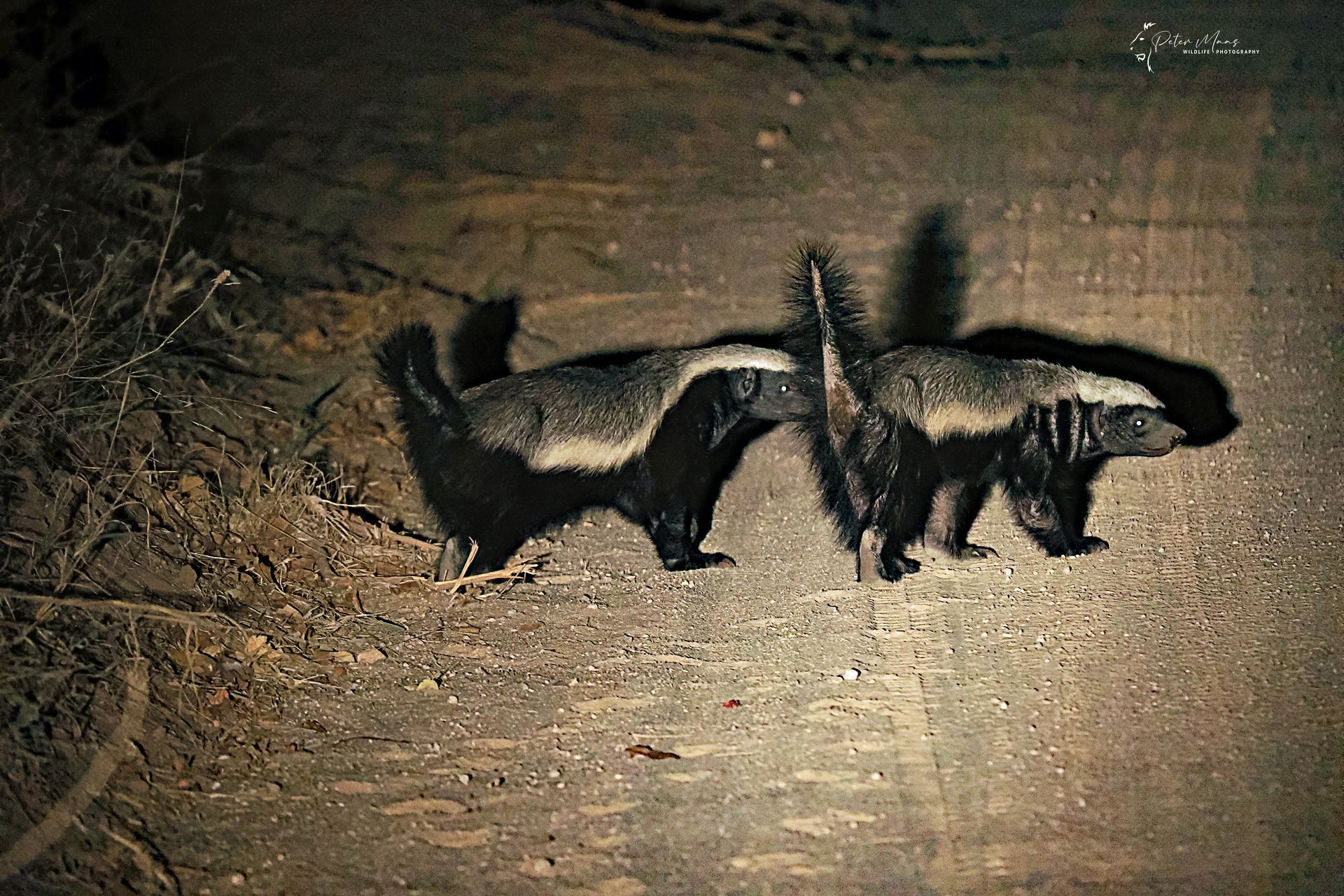
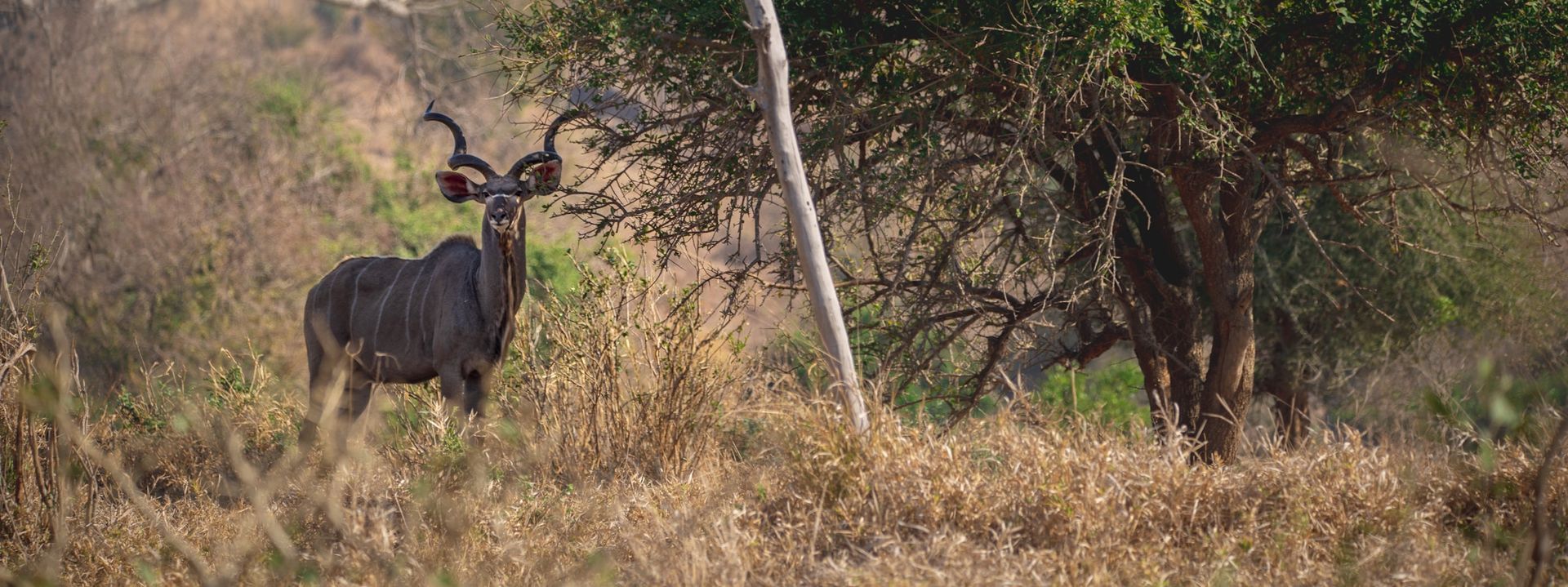
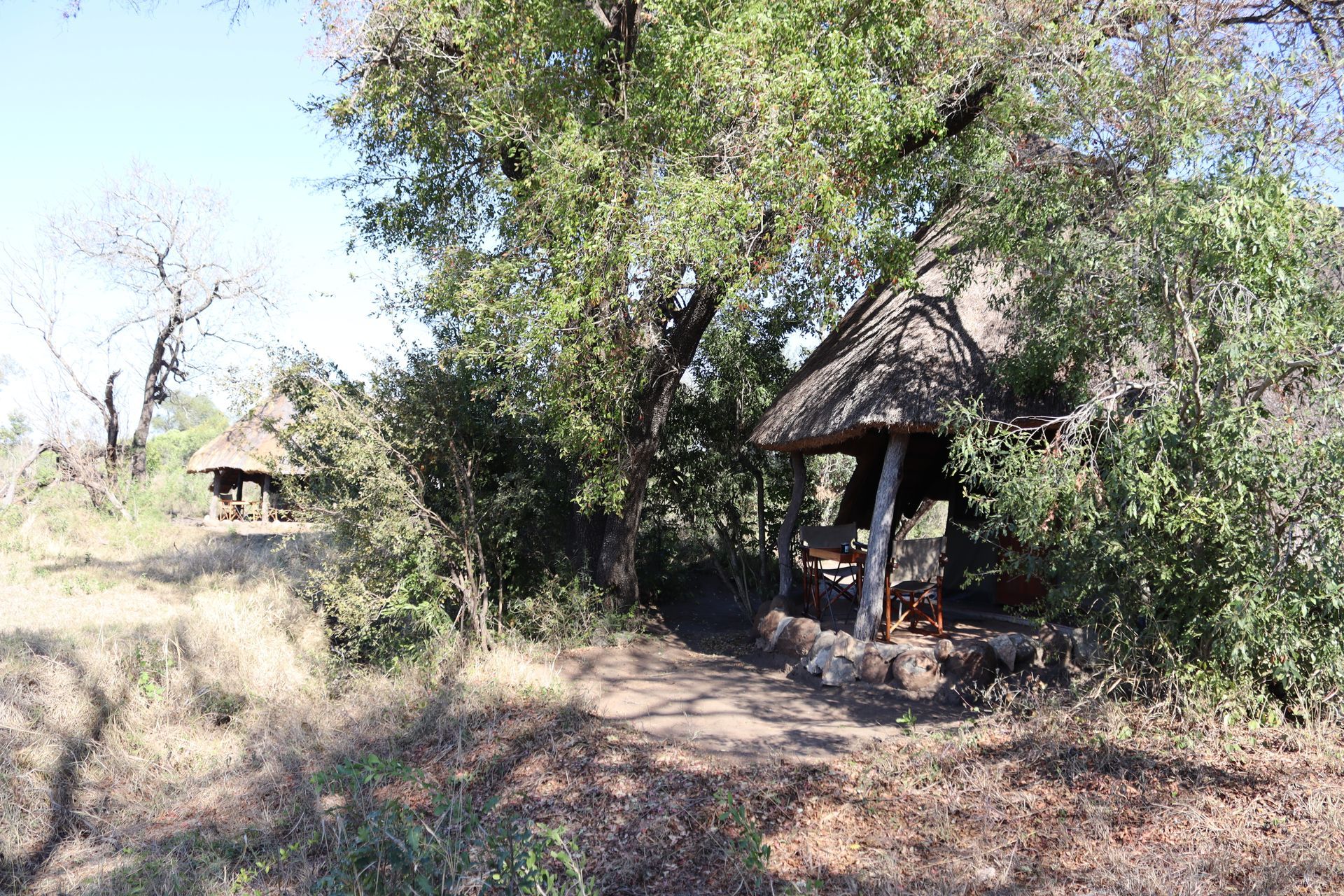
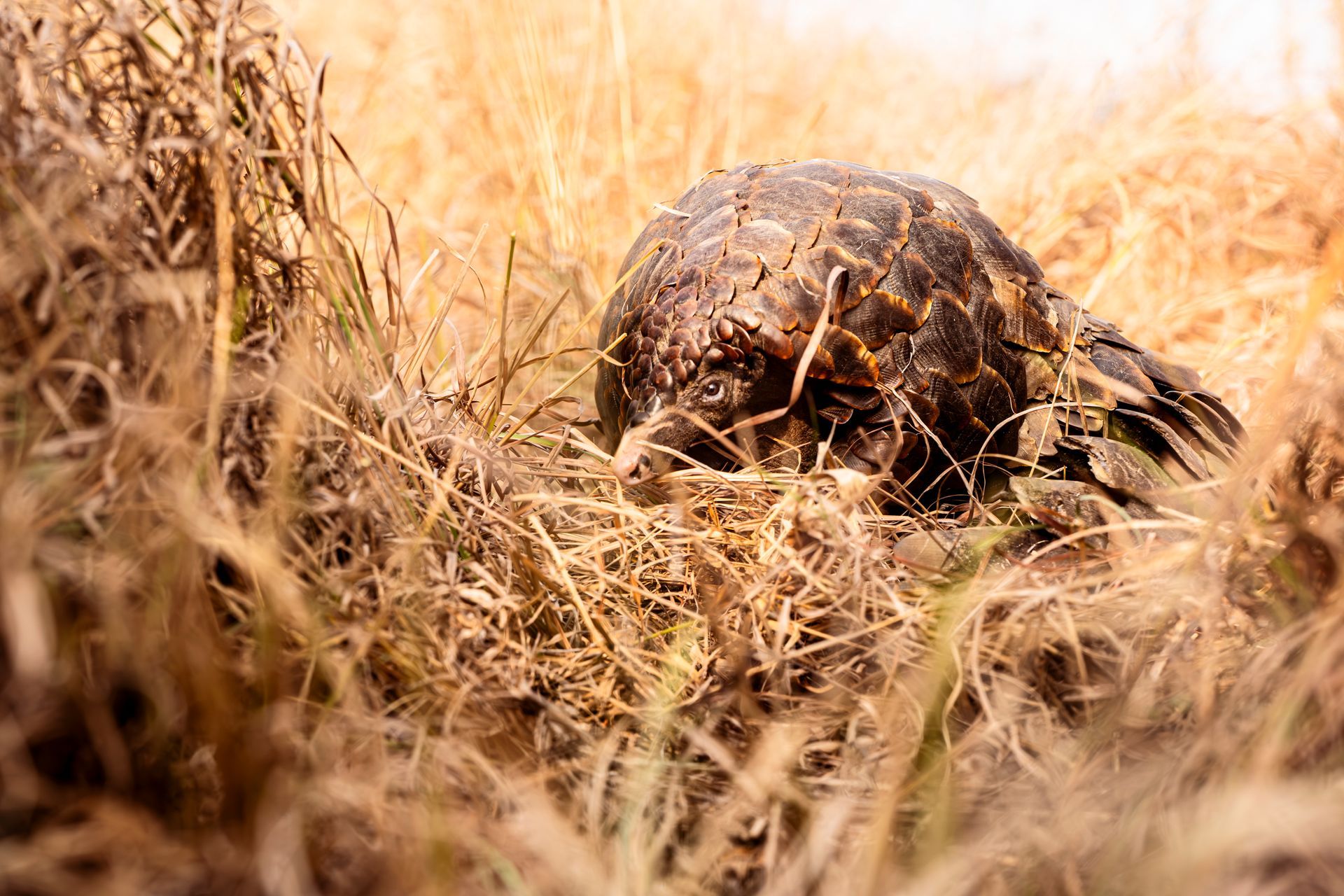
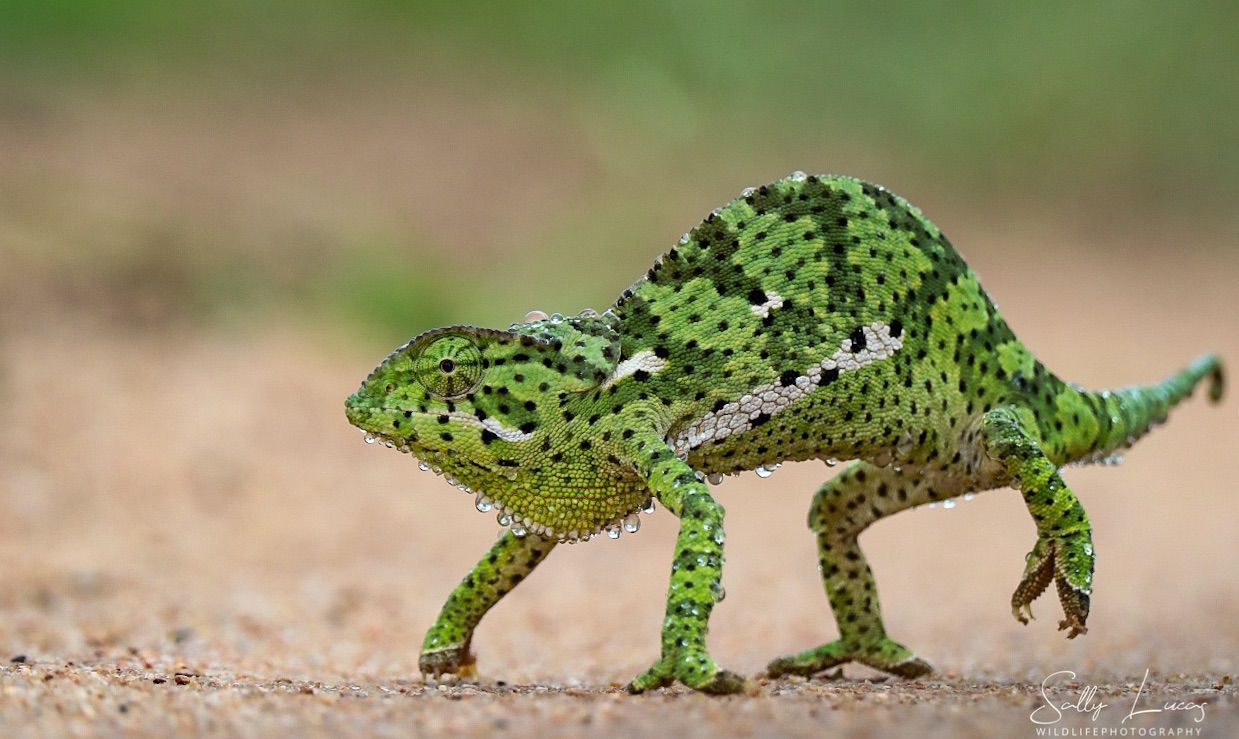
Pungwe Safari Camp
Manyeleti Game Reserve
Mpumalanga
South Africa
Tel: +27 82 853 9533
Email: info@pungwe.co.za
MENU
STAY CONNECTED
Join our Newsletter and find out more
Contact Us
We will get back to you as soon as possible
Please try again later
All images on this website have been taken at Pungwe by guests or staff
All Rights Reserved | Ingweleti Investments (Pty) Ltd T/A Pungwe Safari Camp

